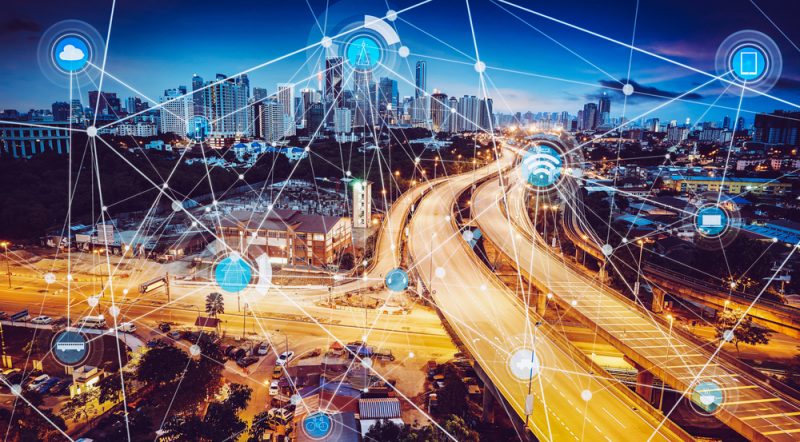Interoperability key for modernization of grid, panel says

SAN DIEGO – As energy groups seek to modernize the electric grid with smart technologies and other advancements, ensuring that these devices can work together will be crucial, panelists at a National Association of Regulatory Utility Commissioners (NARUC) conference said this week.
This concept, referred to as interoperability, is the ability of different systems to share data with each other, interpret that data and present it to users in an accessible format.
“Standards and interoperability are the underpinnings that enable smart grid innovation,” said Aaron Smallwood, senior director of technical services at the Smart Electric Power Alliance (SEPA), during a panel discussion this week. “So without those, we can’t move things forward.”
Everything from refrigerators to electric meters to power converters can now be outfitted with internet connectivity, which allows them to collect data on things such as electricity usage and generation. These internet-connected devices are linked via a network known as the Internet of Things (IoT) that allows them to share the data they collect with each other.
Having access to all of this data provides grid operators with a comprehensive, up-to-the-minute picture of the electric system. If they are interoperable, IoT devices can also work together to optimize their operation, often with the help of artificial intelligence (AI).
“We really need to think about how the data becomes interoperable from all these systems and how we make them function together, and it’s not just the things on the grid,” Raiford Smith, vice president of analytics, smart grid and corporate strategy at Entergy, said. “It’s the things that the consumers use. It’s the things in transmission. It’s about the distribution. It’s about all of it working together.”
As Smallwood explained, non-interoperable systems require an integration layer between them that converts information from its original format to one that is readable for the other device. On a small-scale this may be acceptable, but on a larger scale, it adds cost and risk.
Duke Energy’s Technology Director for Emerging Technology Stuart Laval identified five different levels of interoperability – incremental, connectivity, common dictionaries, improved situation awareness and autonomy. Getting to full interoperability, Laval said, will be a gradual evolution.
Laval also noted that interoperability increases value, because it allows for stacked benefits instead of just a single benefit per function, use case or system. Recently, Duke conducted a feasibility study in which it examined 50 common use cases and found that 22 of them could stack. This stacking capability enables Duke to build a baseline infrastructure instead of just working toward many separate benefits.
“If a widget you bought can only do one thing, it’s probably not the widget you’re looking for,” Smith said. “Hardware is meant to be general but software can be very specific, and the idea is that you want the software to be able to be updated, changed, connected as easily as possible and that hardware, that its general functions will last many iterations for what you might want the software to do.”
Anda Ray, senior vice president of energy, environment and external relations at the Electric Power Research Institute (EPRI), emphasized the importance of interoperability by urging regulators not to approve costs for systems that won’t be able to work together with other technologies.
“You owe it to the public not to approve costs that will be outdated tomorrow,” Ray said. “Proprietary systems… they’re going to be a thing of the past. We’ve got to be able to communicate and have that common language.”
